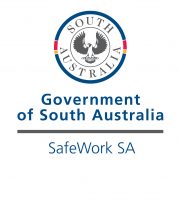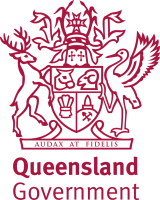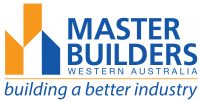The HI standard is a simple self-assessment tool to help you to better manage workplace health risks. It will enable you to identify strengths and weaknesses, set priorities and develop action plans.
Who is this for?
This tool is for use by managers responsible for health and safety on construction sites. It can be used by companies of all sizes to assess how well they are preventing and controlling employees’ exposures to the risks from construction work that cause ill-health and disease. It contains instructions, 6 assessment framework tools that relate to the 6 leading indicators of worker health and finally an action plan.
Download the self-assessment tool
The Basis of Good Practice
The tool provides a series of questions, with guidance and examples, based around a six-point framework of good practice. The six leading indicators have been designed to help companies to identify the key areas and then introduce, manage and improve their worker health protection (WHP) programmes, ensuring that the health risks are properly recognised, evaluated and controlled.
The 6 Leading Indicators
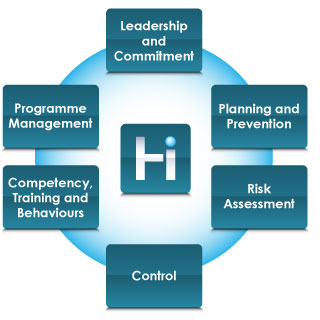
Download an overview of the 6 leading indicators for identifying areas of improvement for Worker Health Protection.
Leadership & Commitment
Demonstrate that Worker Health Protection is valued
- Manage workplace health risks as an integral element of delivering the business, so as part of the business strategy, not just an add-on
- Put in place a programme and procedures that address all potential ill-health and disease risks
- Designate named management responsibility and accountability for Worker Health Protection at company, project and site level
- Develop a culture of prevention through good practice, advocacy, positive intervention, supervision and contractor management
Risk Assessment
Assess the actual risks to health from workplace activities and substances (don’t just list the hazards)
- Take a systematic, task-based approach to the identification and assessment of health risks
- Anticipate all potential chemical, biological and physical hazards arising from products used and processes that are carried out
- Consider routine, non-routine, maintenance and emergency tasks
- Measure exposure risks quantitatively (i.e. via workplace monitoring), where required
Competency, Training & Behaviours
Ensure that every worker is on board, is competent in, and takes ownership of their own health risk management at work
- Inform, instruct and train the workforce about the health risks they face, the precautions they need to take, and what to do if something goes wrong
- Instil and enforce systems and rules to make sure control measures are used
- Regularly monitor and review the competency and behaviours of the whole workforce
- Require (and support) subcontractors to work to the same high standard and within the same good practice framework
Planning & Prevention
Eliminate and minimise risks to health early on: design and plan them out wherever possible
- Remove high-risk processes/substances/activities completely from the start
- Substitute with less hazardous processes/substances/activities where elimination isn’t feasible
- Plan hazardous work activities so they minimise impact other working groups
- Involve specialist expertise to advise during the planning/design process
Control
Adopt the most effective and appropriate exposure controls to prevent ill-health and disease
- Implement a hierarchy of control and a preference for engineering control
- Use straightforward and effective measures utilising the principles of good practice
- Consider personal protective equipment (PPE) only as a last resort
- Ensure controls are proportionate to the health risk
Programme Management
Manage Worker Health Protection all the time: over the whole site, before and throughout every project, and from the top to the bottom of the company
- Maintain and evaluate the effectiveness of controls on an on-going basis
- Establish an exposure monitoring programme
- Ensure early reporting and investigation of any potential workplace ill-health or disease, through health surveillance
- Set and then monitor measurable targets which relate to the occupational ill-health prevention programme
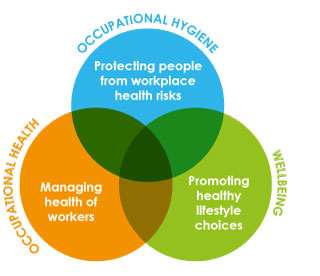
A note about the application of the tool
The HI Management Standard has been designed to help with the management of workplace health risks. Health in the workplace can be seen as a triangle, made up of the three intersecting spheres of Occupational Hygiene, Wellbeing & Occupational Health. The HI Management Standard is focused on the section ‘Occupational Hygiene: protecting people from workplace health risks’ because getting this bit right is critical in protecting workers and preventing occupational ill-health and disease.
Finally, the tool has been designed for use in the construction sector but may be applied to companies in other sectors also.
How to Use the HI Standard Self-Assessment
Download a brief outline of the HI Standard and how to use it.
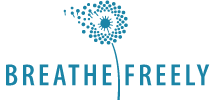

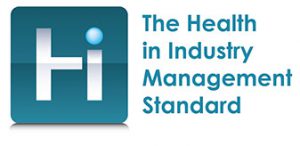 The Health in Industry Management Standard Self-Assessment Tool
The Health in Industry Management Standard Self-Assessment Tool